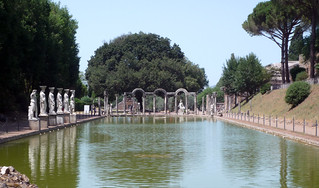Fly over a reconstruction of one of history’s greatest cities to experience Rome as the Romans knew it. This reconstruction is based on two decades of research and the input of dozens of specialists.
Speakers: Dr. Bernard Frischer and Dr. Steven Zucker. A project between Smarthistory and Rome Reborn.























